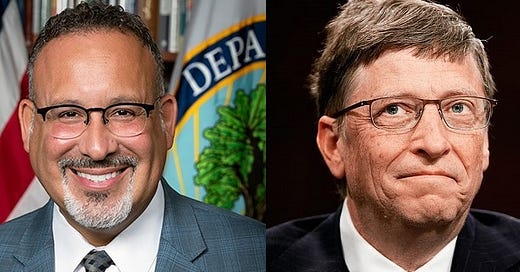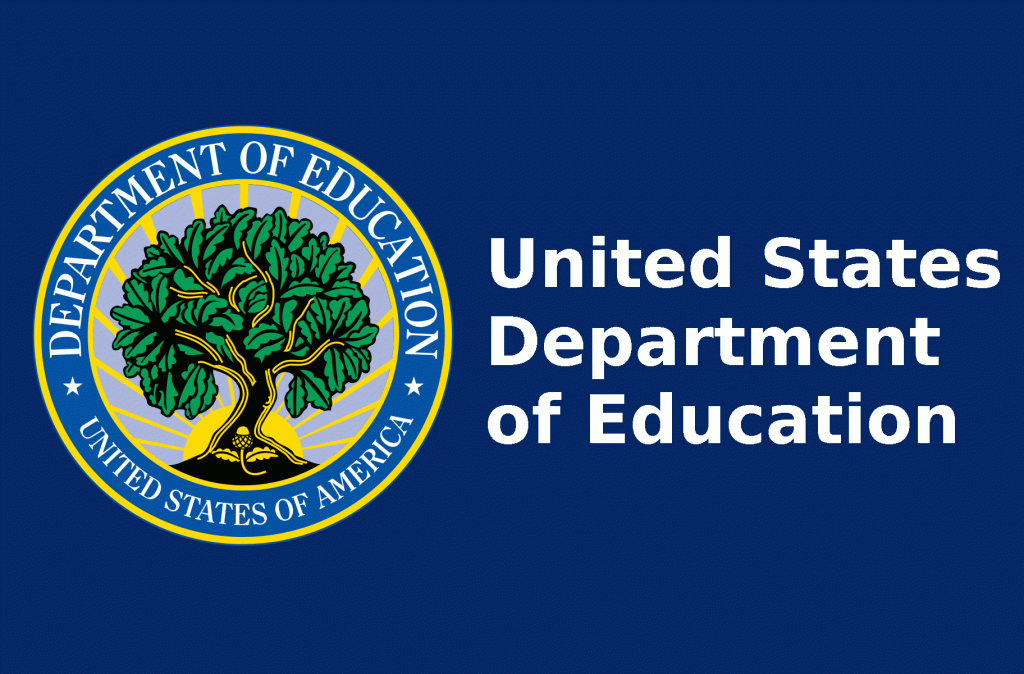U.S. Department of Education turns to philanthropy groups for money
"Over $220 Million Dollars in Investments from Government, Private, and Public Sectors to Support Student Recovery"
On April 27, the U.S. Department of Education (USED) announced an investment of over $220 millon by the government, along with private and public sectors to '“support student recovery.”
“As we move b…
Keep reading with a 7-day free trial
Subscribe to More to the Story by A.P. Dillon to keep reading this post and get 7 days of free access to the full post archives.




